ORNL researchers quantify the effect of increasing highway speed on fuel economy
Green Car Congress
JANUARY 18, 2013
One tip is that drivers should obey the speed limit since the fuel economy of most vehicles decreases above 50 mph [80 km/h]. ORNL staff members John Thomas, Shean Huff and Brian West have worked to quantify this trend through analysis of dynamometer testing results for 74 vehicles at steady-state speeds from 50 to 80 mph [80 to 129 km/h].







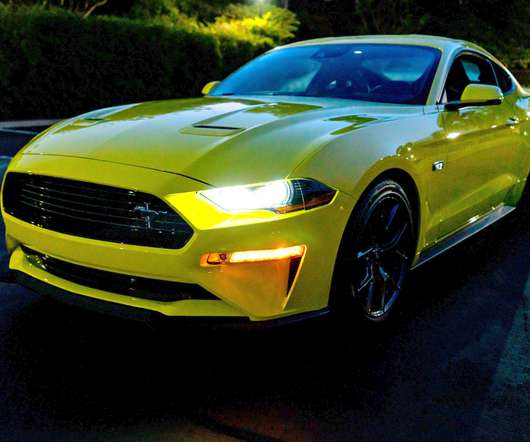


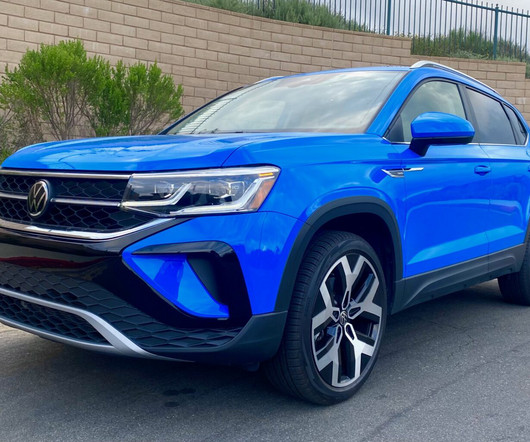
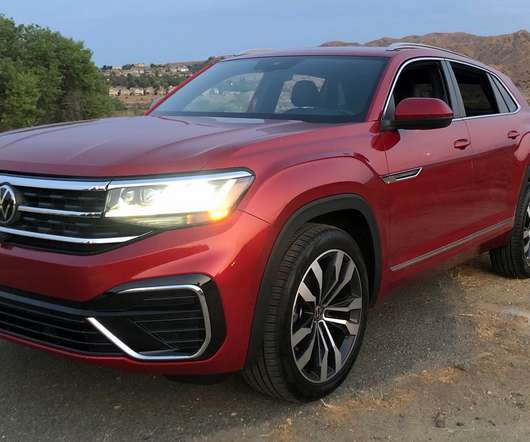


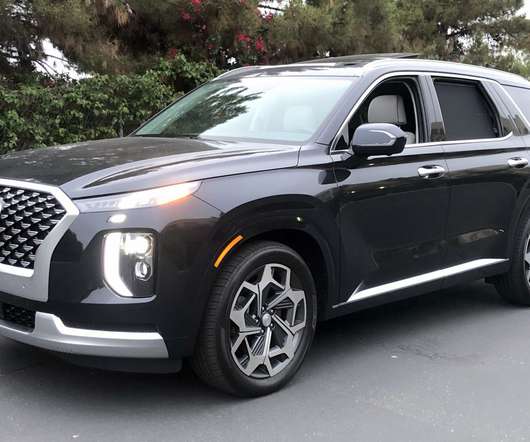

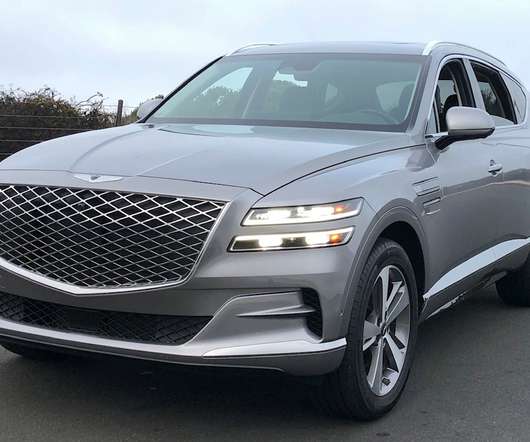





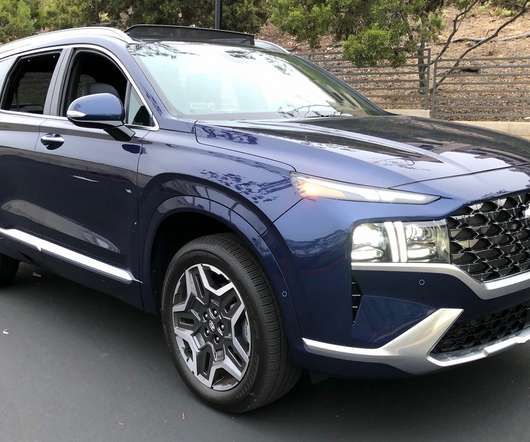






Let's personalize your content